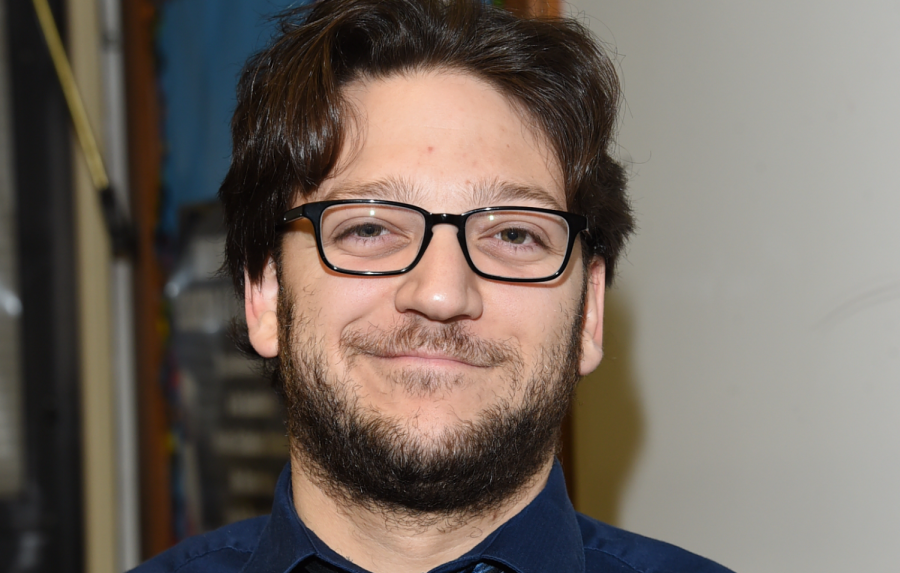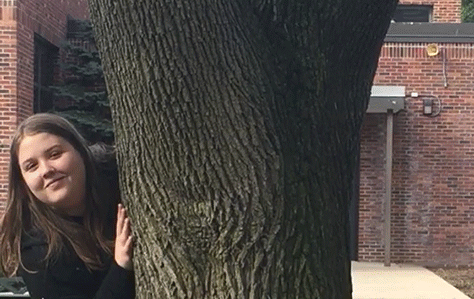Art and history found in the ground
Photo Credit: Ms. Cella
Latin teacher Brian Montalbano participated in an archeological dig on the outskirts of Rome. Montalbano incorporates his experience in the classroom while teaching the Latin course curriculum.
January 3, 2018
As the sun rises above the archaeological site of “Villa of the Antonines” Project in Italy, Latin teacher Brain Montalbano awakens from a sweet slumber to busy streets with the smell of food in the air. He and group of students from all around the world are part of an archaeological dig, trying to find pieces from times of the Roman imperial villa complex located on the outskirts of Rome.
Years before he became a teacher at Glen Rock High School, Montalbano was able to explore the town of Genzano di Roma.
“Everything is wonderful and incredibly relaxing. It’s a very nice lifestyle over there,” Montalbano said. “The accomodations were nice and the food was phenomenal.”
Montalbano described local shops to be very nice and welcoming. He was able to communicate with the locals by using his language background, which came from studying Latin in college as part of his history major.
“I spoke a pseudo-Italian that had a lot of spanish and latin mixed in there,” Montalbano said.
It was a way of speaking that people could still understand. Communication was a give and take. It was a balance between what they knew and what Montalbano knew.
The site “Villa of the Antonines” is owned by Montclair State University. Professors prepare and host the dig every year. They go to the town of Genzano di Roma, which is 17.6 miles away from current day Rome. The villa that is currently the archaeological site is believed to be owned by second century CE imperial family of the Antonines on the basis of finds at the site and extra research.
Before going to the site, Montalbano attended a boot camp with other students to learn about gear and procedures. Once on site they learned certain terminology and how to handle certain objects.
“You’re not just putting a shovel in the ground and digging,” Montalbano explained. .
Montalbano described “always uncovering something” during the days of digging in the hot, burning sun. Finding walls and discovering significant items were the highlights of the days.
When Montalbano was on the site, he uncovered small significant items. Among the items were tessera, which are very tiny square cubes of colored glass almost as big as one’s pinky nail. Tessera would make up large mosaic pieces back in Roman times.
“A lot of them were blue. There was some black, some white,” Montalbano said. It’s believed that the tessera that Montalbano uncovered during his time at the site were a mosaic piece of the sea.
These weren’t the only little pieces found on site. There were jugs known as amphora that used to hold various types of liquids. Since they were in the ground for a few years, many of the jars were broken with only little pieces remaining
“I did find something I thought was really cool,” Montalbano said. He showed his discovery to his professor but learned it was merely a calcified animal bone.
Today, Montalbano uses his experience in Italy in the classroom. As part of the curriculum for his sophomore class, he teaches a lesson on the Temple of Hercules. While teaching, he talks about his experience in Italy and how it relates to his lesson.
“It’s actually fun to kinda sit there and talk about an experience where I actually [was] one of those people who were trying to learn and find things,” Montalbano said.




